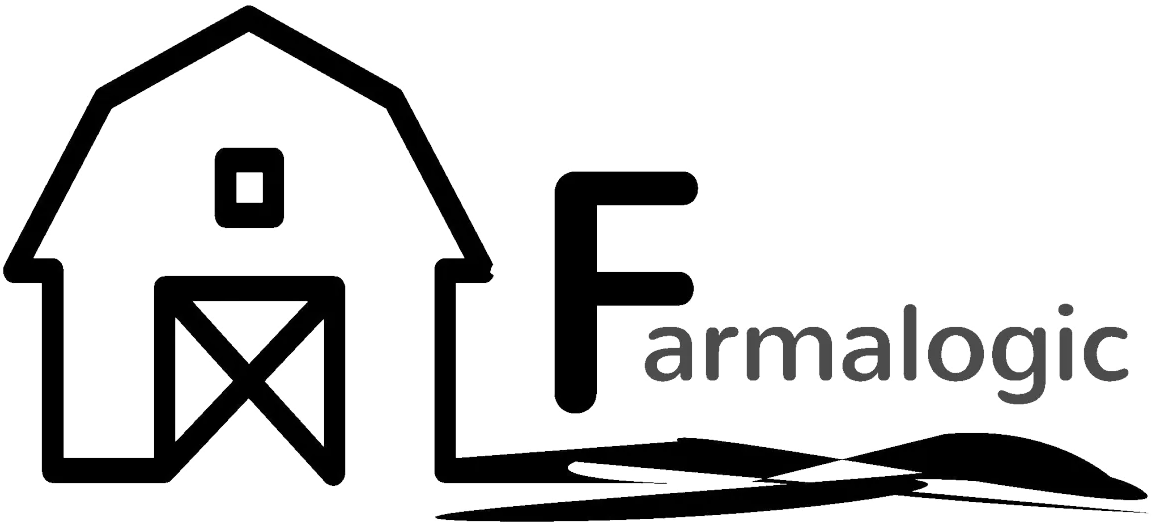Horse owners often believe that they need to have a sample of their horse’s blood analysed to know if they are feeding the horse what he or she requires. Unfortunately this is another (mostly) untrue myth in horse nutrition, possibly a field with more myths than any other!
Blood tests can provide your veterinarian with valuable data for diagnosing organ disfunction, infections, indicators of stress and some diseases. Well interpreted blood test results read in conjunction with symptoms and possibly other tests such as urine tests are very important diagnostic tools for health care professionals. However, veterinarians agree that a blood test is a poor indicator of general nutrition and the whole body status of most minerals.
Think of it this way. Blood is a tissue in the body, essential for the functioning of the circulatory system just as bone, muscle and joint tissue are essential for correct functioning of the musculoskeletal system. The job of the blood is to transport oxygen, nutrients, hormones and immune to cells all around the body, and to remove waste products. Blood also regulates body heat and is critical to maintain pH and water balance.
Ideally blood will collect good healthy levels of oxygen as it passes through the lungs, and the necessary nutrients as it passes close to the intestinal wall. It delivers the oxygen and nutrients to any cells that need them, anywhere in the body.
But what if the gut is not carrying the nutrients that the blood wants to carry to the cells? This can occur if the horse hasn’t eaten the right diet, or if there are minerals competing for an absorption site at the gut wall/blood cell interface.
Calcium and phosphorous are one example of minerals that must be fed in the right balance to allow the blood to collect the correct levels from the gut. Say there’s too much phosphorous in the diet relative to the amount of calcium. The blood won’t get enough calcium from the gut, but it will get plenty of phosphorous.
So you’d expect a blood test to show low calcium levels wouldn’t you?
Luckily for the horse, the body won’t allow blood calcium levels to drop too low as this can be life threatening. When blood calcium levels drop below an acceptable level, hormones send a signal to the blood to collect calcium from body stores (mainly the bones) to keep the animal alive. This means that you can feed your horse a dangerously low level of calcium (or a diet with a very poor balance of calcium relative to phosphorous) and it will not show up in a blood test. Over time, it will show up as weakness in the bones which have effectively been mined to supply more vital organs. By the time the calcium deficiency shows in the blood, the horse is in serious trouble.
The situation is the same for many nutrients – including energy, protein, vitamins and minerals. There are many inter-dependent mineral relationships that must be balanced to optimise absorption from the gut.
Think of it like a bank balance. The body deposits (stores) many nutrients including energy (in the form of fat), protein (in the form of muscle) and minerals (in many different organs). The cells in the body spend the money (nutrients) to keep the animal alive, functioning and performing. The blood is the money delivery system (a bank teller/ATM machine) that offers a service most banks would never think of – free home delivery! So if the horse doesn’t eat what it needs and the blood can’t collect the nutrients at the gut interface, it goes to body’s bank to withdraw the nutrients required, and it delivers them to the cells who ordered them.
Blood levels of many nutrients are strictly controlled by the endocrine system to remain within acceptable limits. Therefore to detect most mineral deficiencies with a blood test, the body stores as well as the diet would have to be severely depleted and often the horse would be in dire straights (or dead) before this happens. The exceptions are deficiencies in phosphorous and selenium which can be easily detected from a blood test (although selenium deficiency requires a different test to the most common blood panel process).
So how can an owner find out if their horse is getting the right nutrition? Fortunately it is simply a matter of using the results of scientific research to estimate what the horse requires, understand how to balance competing mineral ratios, and formulate a ration that provides the required level of each nutrient. The best way to be sure your horse is eating what he or she needs is to count the levels of the nutrients that your horse consumes, and compare that to the levels and balance of nutrients that your horse requires.



